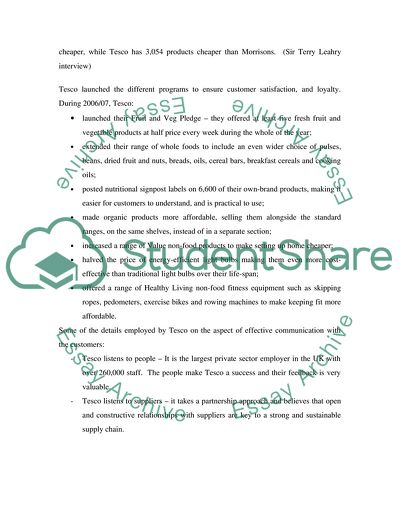Cite this document
(“How Does Tesco Meet The Macro-Environment Challenges Essay”, n.d.)
How Does Tesco Meet The Macro-Environment Challenges Essay. Retrieved from https://studentshare.org/macro-microeconomics/1543807-see-attached-instructions
How Does Tesco Meet The Macro-Environment Challenges Essay. Retrieved from https://studentshare.org/macro-microeconomics/1543807-see-attached-instructions
(How Does Tesco Meet The Macro-Environment Challenges Essay)
How Does Tesco Meet The Macro-Environment Challenges Essay. https://studentshare.org/macro-microeconomics/1543807-see-attached-instructions.
How Does Tesco Meet The Macro-Environment Challenges Essay. https://studentshare.org/macro-microeconomics/1543807-see-attached-instructions.
“How Does Tesco Meet The Macro-Environment Challenges Essay”, n.d. https://studentshare.org/macro-microeconomics/1543807-see-attached-instructions.


